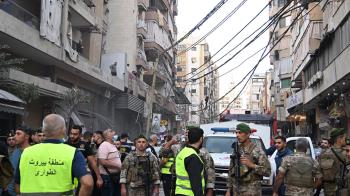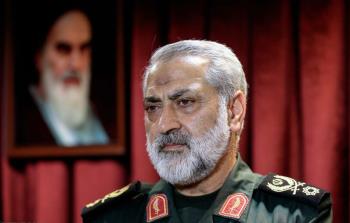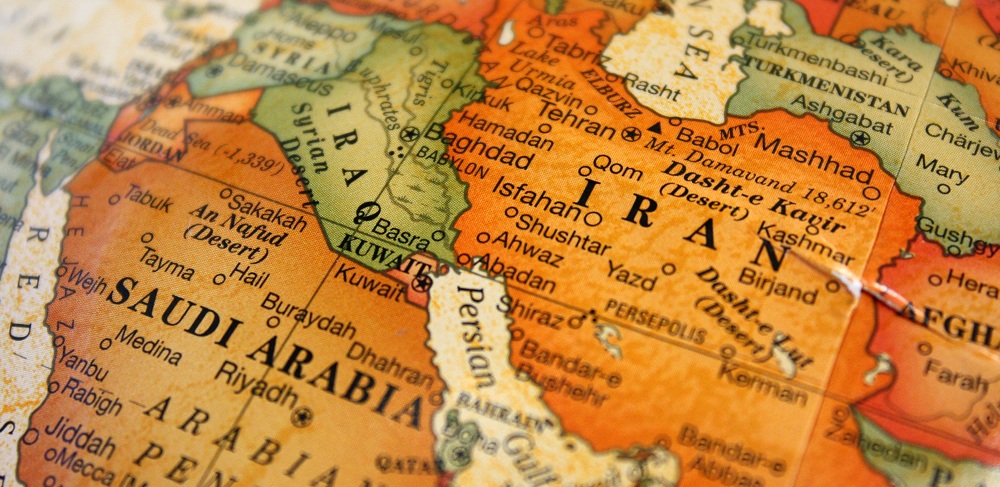Alwaght- US’s Arab allies are reviewing their hostile policies towards Syria and are restoring diplomatic relations with Damascus. The UAE and Bahrain that cut off their diplomatic ties with the Syrian government after eruption of 2011 conflict, in 2018 moved to restore relations with Syrian President Bashar al-Assad by reopening their embassies.
Over the past two years, Syrian-Emirati leaders met several times, showing that Damascus and Abu Dhabi pursue a closer relationship.
These days and less than a month after a Chinese-brokered agreement brought Iran and Saudi Arabia back to normal relations, Riyadh is showing signs it is ready for a rapprochement with al-Assad government.
It seems that after Beijing agreement, new regional geopolitics began emerging with one side being the Iranian-Syrian axis which is changing the game in West Asia in partnership with such big powers as China and Russia.
When President Xi Jinping of China visited Russia last week, he told his Russian counterpart Vladimir Putin that world policies and relations were undergoing fundamental changes and the two countries were causing this transition. This claim by the Chinese leader, indeed, is materializing as Saudi Arabia, a traditional ally of the US, is moving to cozy up to Syria and Iran. This is while Washington over the past years spent heavily to isolate Tehran and Damascus. But this spending is not only seen to have been a waste of money, but also Washington’s allies like Riyadh and Abu Dhabi began to embrace Tehran and Damascus.
Iran-Syria-Saudi economic triangle
James Dorsey, a senior member of the Middle East Institute at National University of Singapore, made it clear in a piece to the Modern Policy magazine that the restoration of Iranian-Saudi relations and then Syria will allow the three countries to pursue their economic goals without regional tensions. According to Dorsey, mending Saudi relations with Iran and Syria means diversifying and rebuilding the Saudi economy, and while Iran and Syria are looking to deal with the impacts of the severe American sanctions, Saudi Arabia can make a new economic partner for the two.
During the years of diplomatic hiatus between Iran and Saudi Arabia, their trade practically halted and dropped to a maximum of $40,000 per year, but with the start of their negotiations a year ago, the trade between the two countries went beyond $14 million, showing a considerable jump compared to the figures of the years before. This trade volume was also confirmed by Ruhollah Lotfi, the former spokesman of Iran Customs in January.
“With the closer relations between the two great countries of Iran and Saudi Arabia and strengthening their dialogue with the mediation of Iraq, Iran’s exports to Saudi Arabia reached $15 million, with iron and steel sheets accounting for 96.5 percent of the exported goods. Other goods, including 340 tons of sodium hydroxide worth $185,300, truck body with 86 tons worth $155,376, seedless grapes with 60 tons worth $126,000, 265 tons of glass worth $33,000 and marble weighing 25 tons worth $3,731, were the products exported by Iran to Saudi Arabia from March to December 2022.
Saudi Arabia is still competing with the UAE and Qatar in tourism for contribution to its economic growth, but it faces obstacles that will not allow the kingdom to become a regional tourism hub. The first obstacle is Yemen war that has swallowed up a large part of the Saudi financial resources. Saudi Arabia is certain that rapprochement with Iran will accelerate the solution of Yemen case. On the other hand, Saudi Arabia has ambitious economic plans in Syria. Even long before the UAE, the country had boosted its presence in Syria’s market, and Riyadh has no intention to fall behind its economic rival Abu Dhabi in Syria.
About a year ago, the Arabic-language Al-Watan newspaper quoted the head of the Syrian Investment Organization as reporting that Emirati investors were looking to inject money into Syria’s renewable energy sector. Also last year, the Syrian state news agency SANA reported that UAE companies and the country’s ministry of electricity signed an agreement to build a solar power plant on the outskirts of the capital Damascus. In the meantime, the Saudis see themselves lagging behind rivals in the Syrian market and therefore have given the green light to restoration of their political relations with Damascus.
On the other side, the Syrian government needs tens of billions of dollars in funding to rebuild a country largely devastated by war and recently earthquake and the Saudis can be a source of economic backup for al-Assad in this critical time. However, potential investment by the Persian Gulf Arab states is likely to face obstacles in Syria. American sanctions can be a major obstacle. However, these investments will be supported by US rivals China and Russia.
Political aspect of restoring Riyadh-Damascus relations
Deep Kremlin foothold can be observed in pushing forward the restoration of Syrian-Saudi ties. The Russian mediation, reported Wall Street Journal, was decisive to unlocking the negotiations between the two countries, and Russian President in his recent hosting of al-Assad in Moscow talked to the Syrian leader about terms of a détente deal with the kingdom. The Wall Street Journal reports that another part of the work to normalize Saudi-Syrian relations was done by Iran, and the administration of President Sayyed Ibrahim Raisi convinced Damascus of the importance of reopening diplomatic channels with Riyadh after itself signed Beijing agreement with the Saudis. At the same time, Russia and Iran were not the only ones who convinced al-Assad to restore relations with Saudi Crown Prince Mohammed bin Salman, but also Oman and Jordan, both long-time Arab mediators, played a role.
Reuters reported that Syrian negotiation team led by al-Assad’s brother Maher urged the Saudis to halt funding to fundamentalist militias that are still active in Syria. On the other side, Riyadh has also asked Damascus to close the case of the Saudis who have been in Syrian prisons over the past years for their fighting in ranks of fundamentalist groups in the Syrian civil war.
Also, it should not be forgotten that the last month devastating earthquake made a driving force prompting Damascus diplomatic dynamism. Earthquake-hit regions of Syria received humanitarian aids from Saudi Arabia. Immediately after the disaster, Saudi Arabia sent to Aleppo cargo planes delivering food and medical equipment. After the earthquake, al-Assad also received waves of international solidarity helping him advance his plans. He received foreign ministers of Jordan and the UAE in Damascus and for the first time since 2011 talked over phone with Bahraini King Hamad bin Isa Al Khalifa and Egyptian President Abdel Fattah el-Sisi. These post-earthquake political progresses all transformed the Syrian political field.



























